10.2.2 Detailed Design Procedure
Table 3 shows the recommended output filter components. The TPS6274x is optimized for operation with a 2.2µH inductor and with 10µF output capacitor.
Table 3. Recommended LC Output Filter Combinations
| Inductor Value [µH](2) |
Output Capacitor Value [µF](1) |
| 4.7µF |
10µF |
22µF |
| 2.2 |
√ |
√(3) |
√ |
(1) Capacitance tolerance and bias voltage de-rating is anticipated. The effective capacitance can vary by 20% and -50%.
(2) Inductor tolerance and current de-rating is anticipated. The effective inductance can vary by 20% and -30%.
(3) This LC combination is the standard value and recommended for most applications.
10.2.2.1 Inductor Selection
The inductor value affects its peak-to-peak ripple current, the PWM-to-PFM transition point, the output voltage ripple and the efficiency. The selected inductor has to be rated for its DC resistance and saturation current. The inductor ripple current (ΔIL) decreases with higher inductance and increases with higher VIN or VOUT and can be estimated according to Equation 1.
Equation 2 calculates the maximum inductor current under static load conditions. The saturation current of the inductor should be rated higher than the maximum inductor current, as calculated with Equation 2. This is recommended because during a heavy load transient the inductor current rises above the calculated value. A more conservative way is to select the inductor saturation current above the high-side MOSFET switch current limit, ILIMF.
Equation 1.

Equation 2.

With:
f = Switching Frequency
L = Inductor Value
ΔIL= Peak to Peak inductor ripple current
ILmax = Maximum Inductor current
In DC/DC converter applications, the efficiency is essentially affected by the inductor AC resistance (i.e. quality factor) and by the inductor DCR value. Increasing the inductor value produces lower RMS currents, but degrades transient response. For a given physical inductor size, increased inductance usually results in an inductor with lower saturation current.
The total losses of the coil consist of both the losses in the DC resistance (RDC) and the following frequency-dependent components:
- The losses in the core material (magnetic hysteresis loss, especially at high switching frequencies)
- Additional losses in the conductor from the skin effect (current displacement at high frequencies)
- Magnetic field losses of the neighboring windings (proximity effect)
- Radiation losses
The following inductor series from different suppliers have been used:
Table 4. List Of Inductors(1)
| INDUCTANCE [µH] |
DIMENSIONS [mm3] |
INDUCTOR TYPE |
SUPPLIER |
| 2.2 |
3.3 x 3.3 x 1.4 |
LPS3314 |
Coilcraft |
| 2.2 |
2.5 x 3.0 x 1.5 |
VLF302515MT |
TDK |
| 2.2 |
2.0 × 1.2 × 1.0 |
MIPSZ2012 2R2 |
FDK |
| 2.2 |
2.5 x 2.0 x 1.2 |
MIPSA2520 2R2 |
FDK |
| 2.2 |
2.0 x 1.2 x 1.0 |
MDT2012CH2R2 |
TOKO |
10.2.2.2 DC/DC Output Capacitor Selection
The DCS-Control™ scheme of the TPS6274x allows the use of tiny ceramic capacitors. Ceramic capacitors with low ESR values have the lowest output voltage ripple and are recommended. The output capacitor requires either an X7R or X5R dielectric. Y5V and Z5U dielectric capacitors, aside from their wide variation in capacitance over temperature, become resistive at high frequencies. At light load currents, the converter operates in Power Save Mode and the output voltage ripple is dependent on the output capacitor value and the PFM peak inductor current. A larger output capacitors can be used, but it should be considered that larger output capacitors lead to an increased leakage current in the capacitor and may reduce overall conversion efficiency. Furthermore, larger output capacitors impact the start up behavior of the DC/DC converter.
10.2.2.3 Input Capacitor Selection
Because the buck converter has a pulsating input current, a low ESR input capacitor is required for best input voltage filtering to ensure proper function of the device and to minimize input voltage spikes. For most applications a 10µF is sufficient. The input capacitor can be increased without any limit for better input voltage filtering.
Table 5 shows a list of tested input/output capacitors.
Table 5. List Of Capacitors(1)
| CAPACITANCE [μF] |
SIZE |
CAPACITOR TYPE |
SUPPLIER |
| 10 |
0603 |
GRM188R60J106ME84 |
Murata |
 Figure 7. TPS62740 Typical Application Circuit
Figure 7. TPS62740 Typical Application Circuit
 Figure 8. TPS62742 Typical Application Circuit
Figure 8. TPS62742 Typical Application Circuit



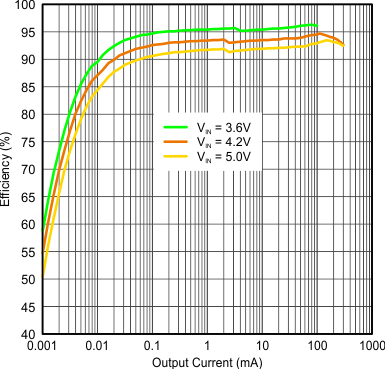
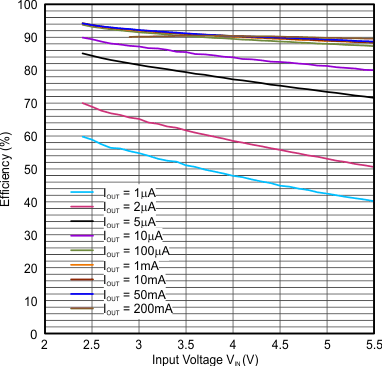

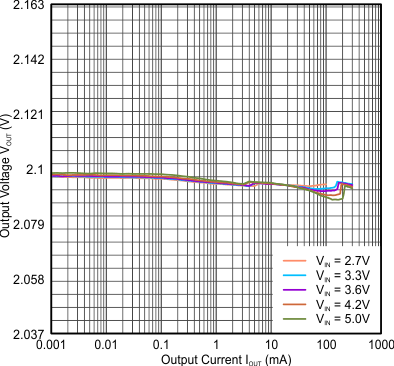
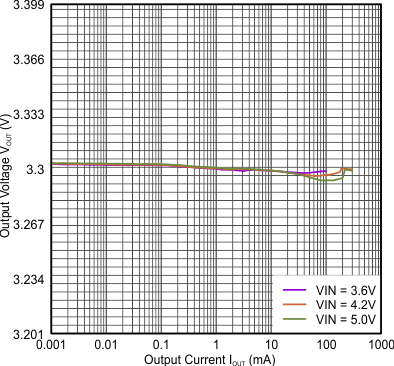



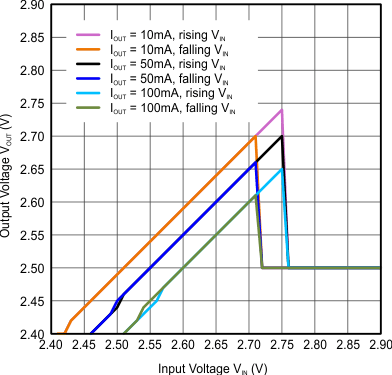
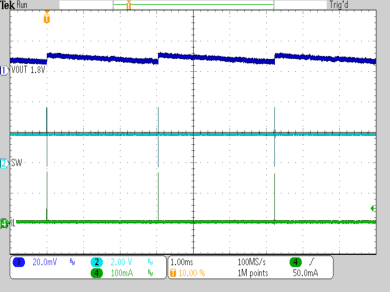
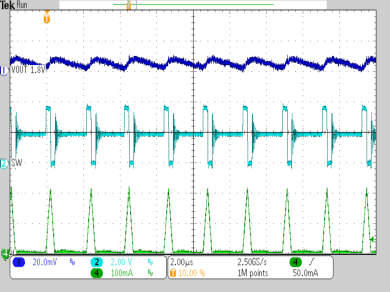

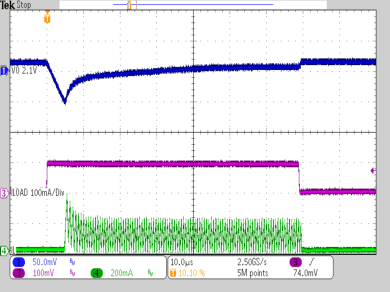


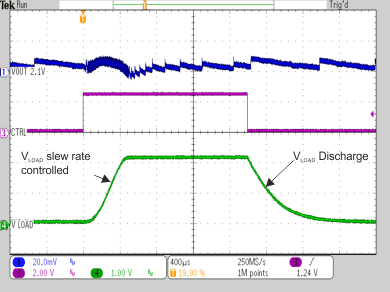





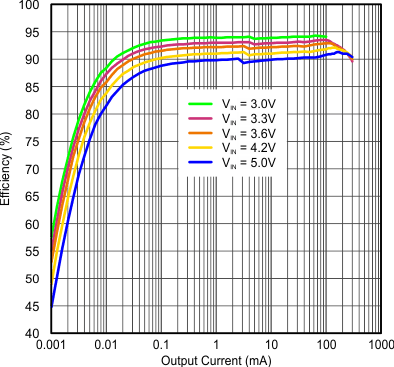

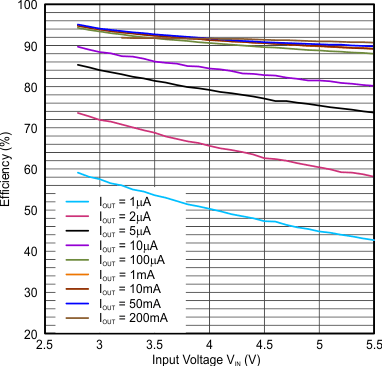
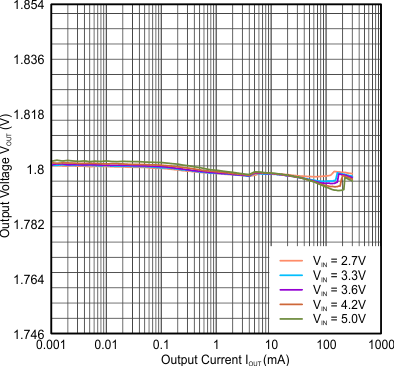

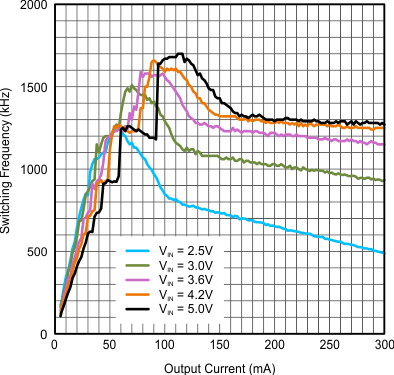


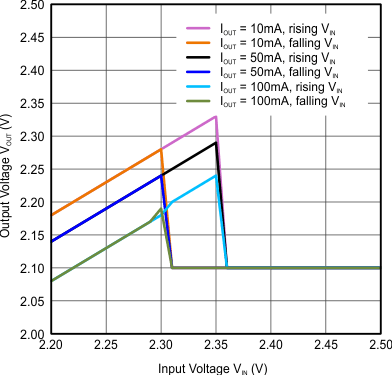







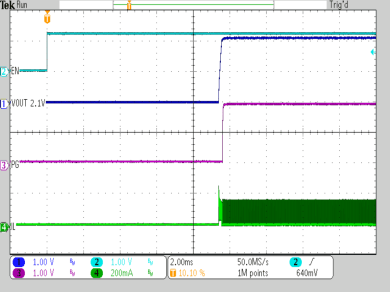


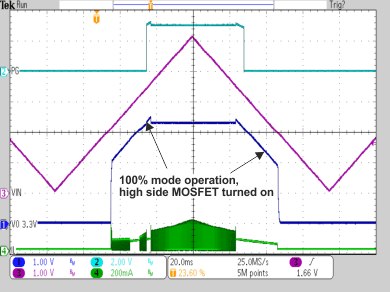
 Figure 52. Example Of Implementation In A Master MCU Based System
Figure 52. Example Of Implementation In A Master MCU Based System
